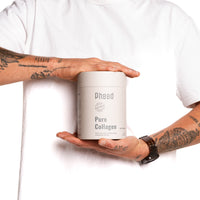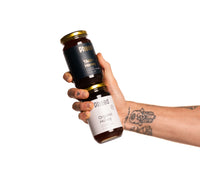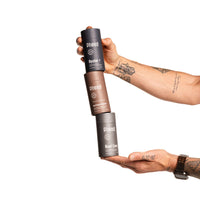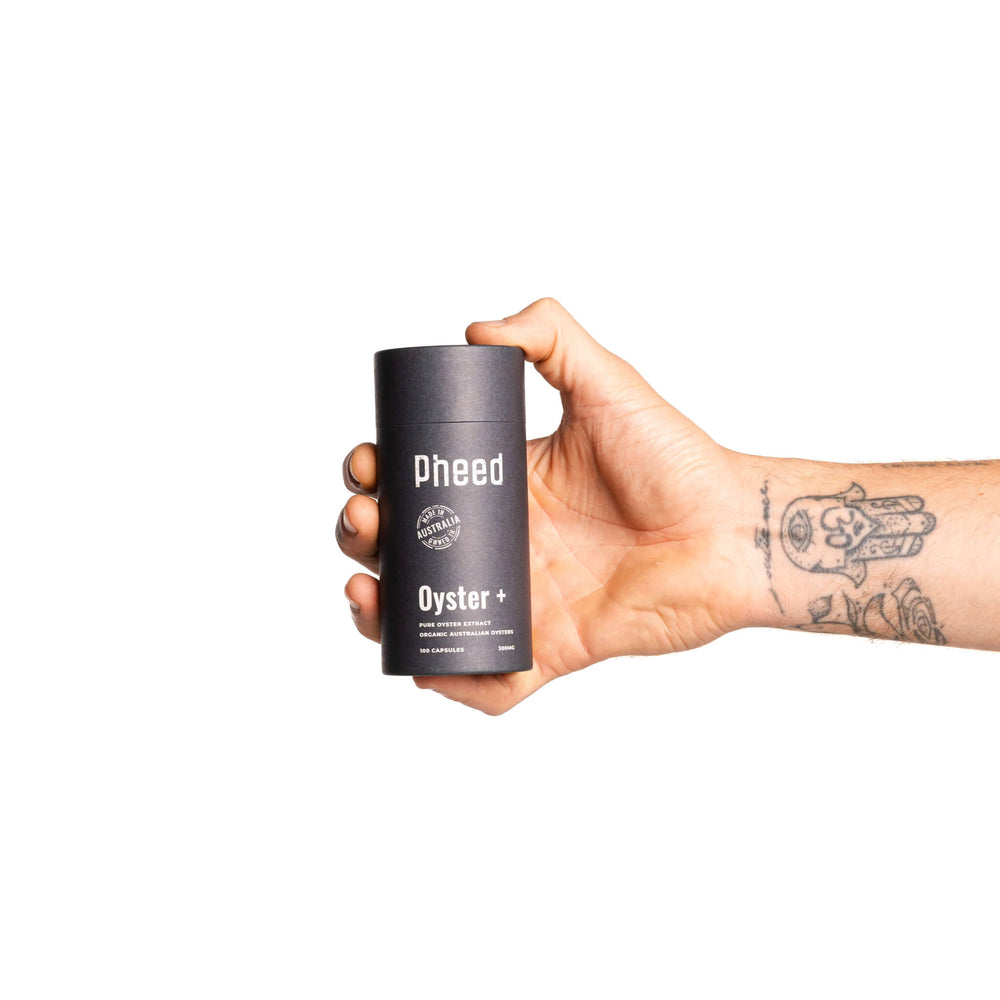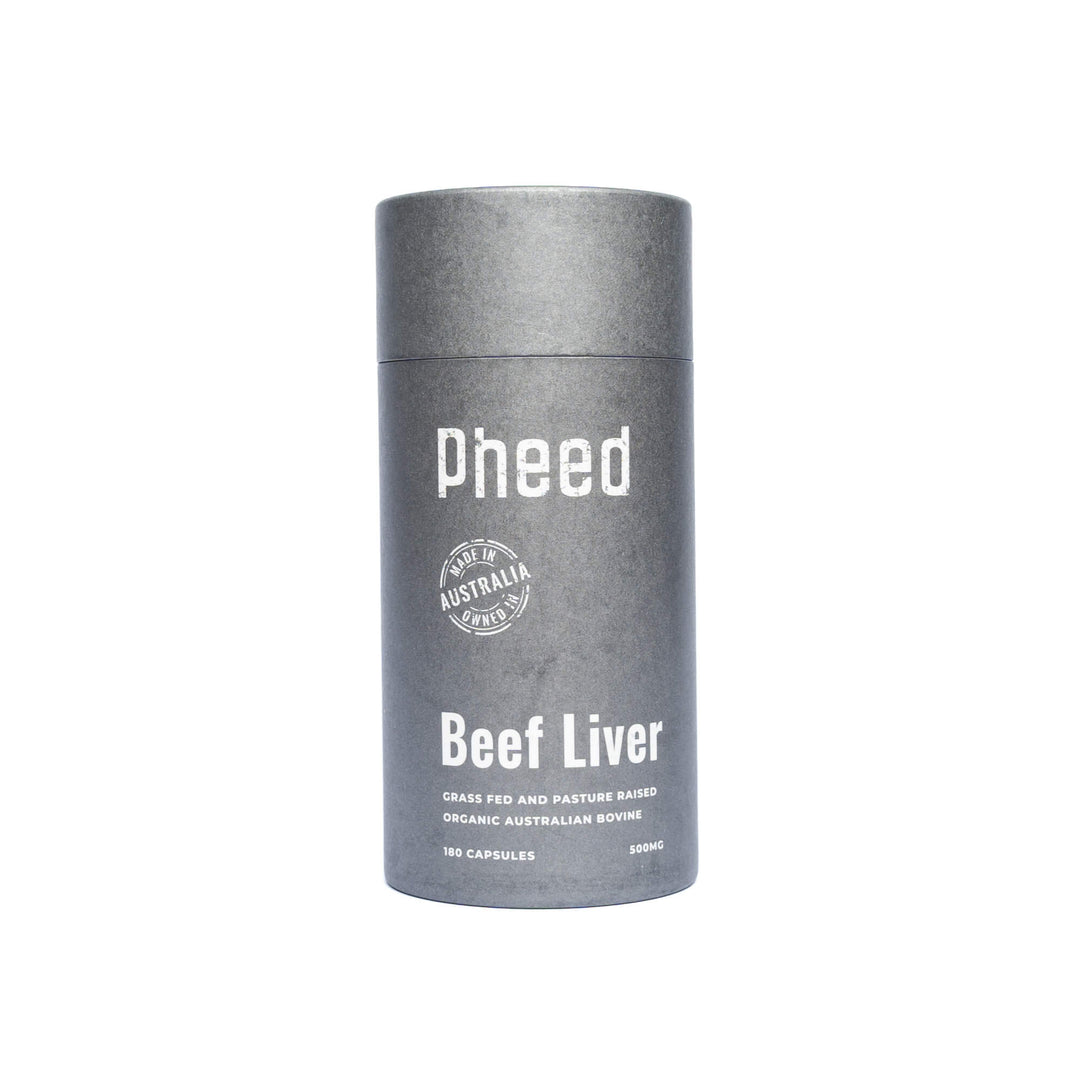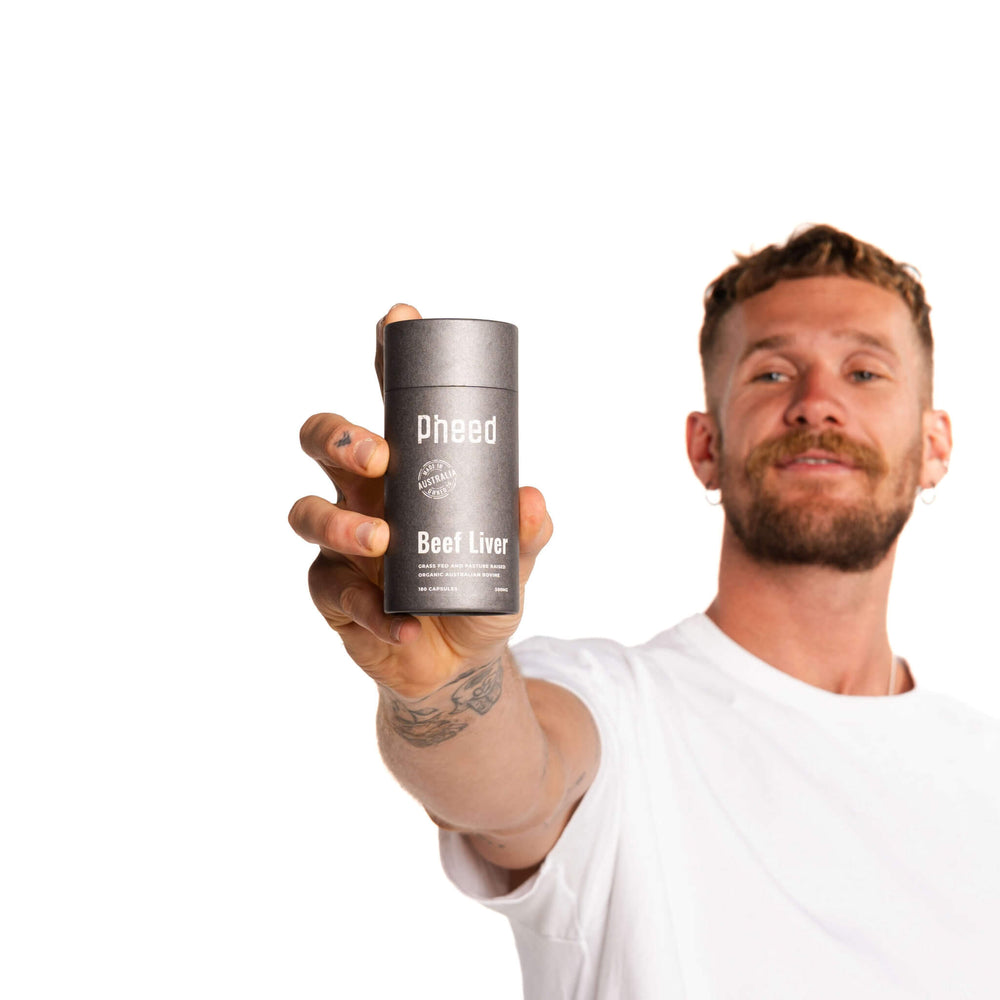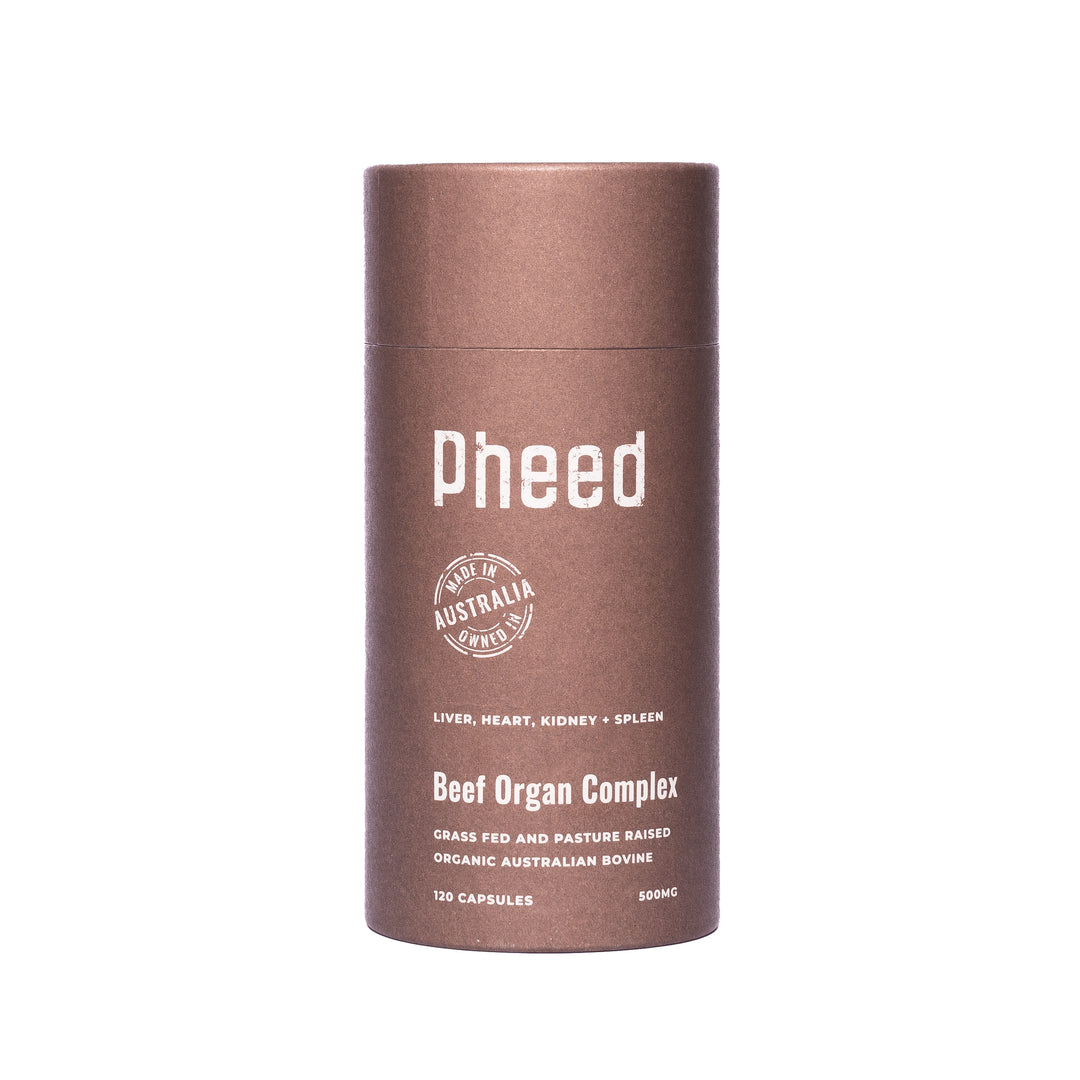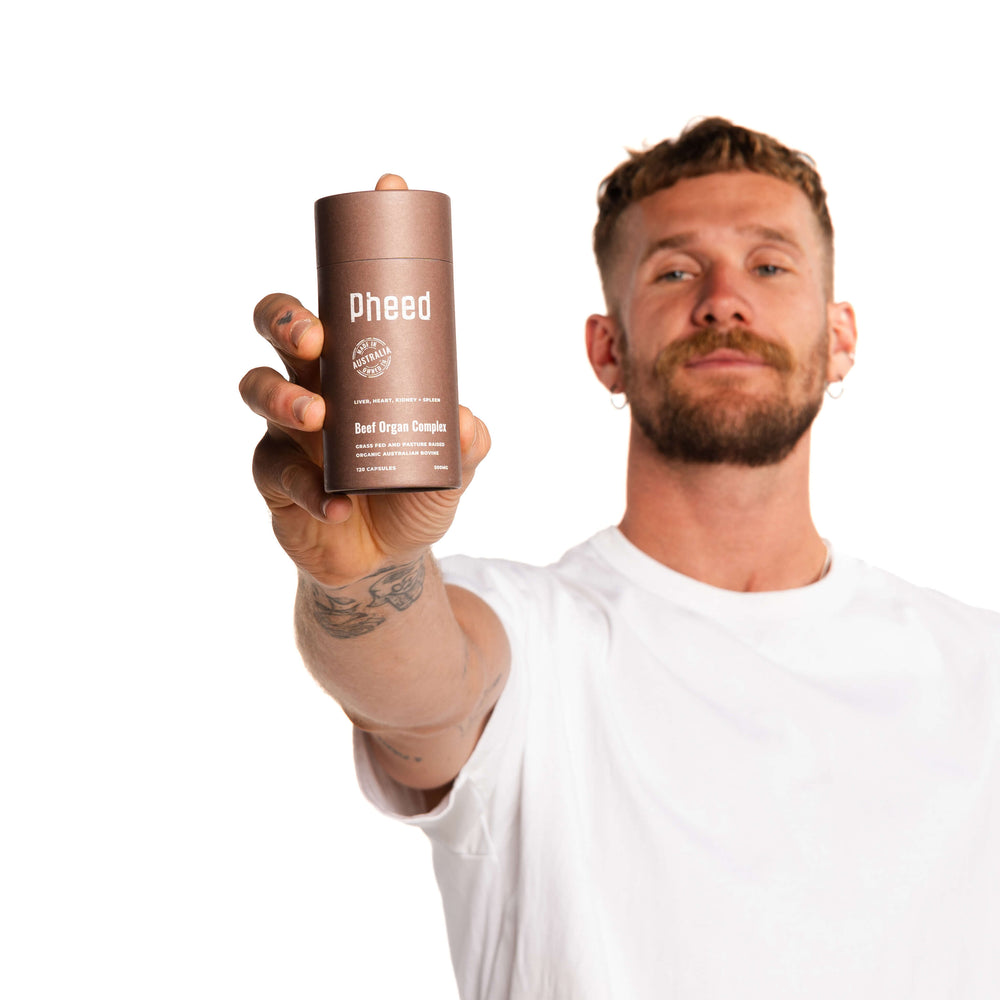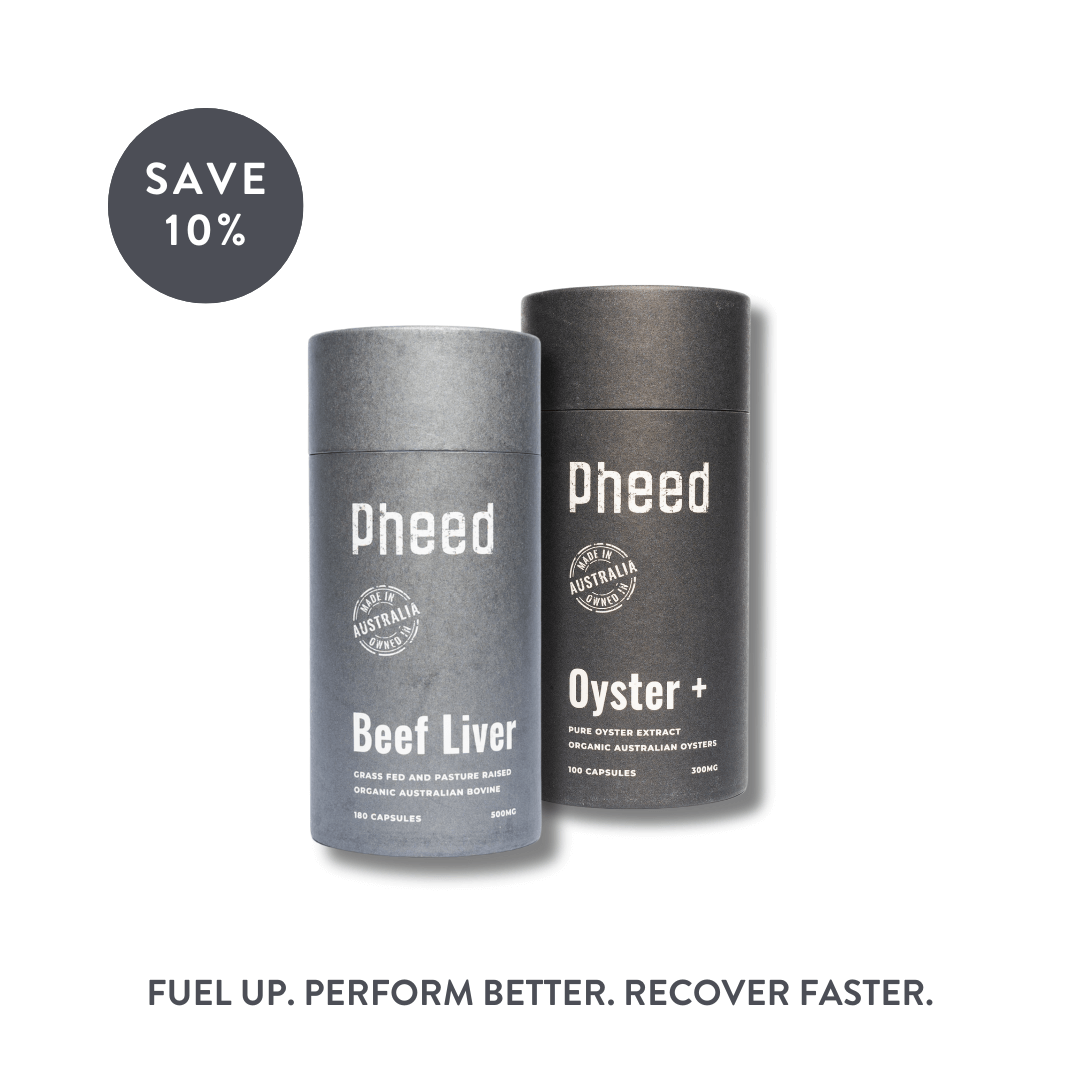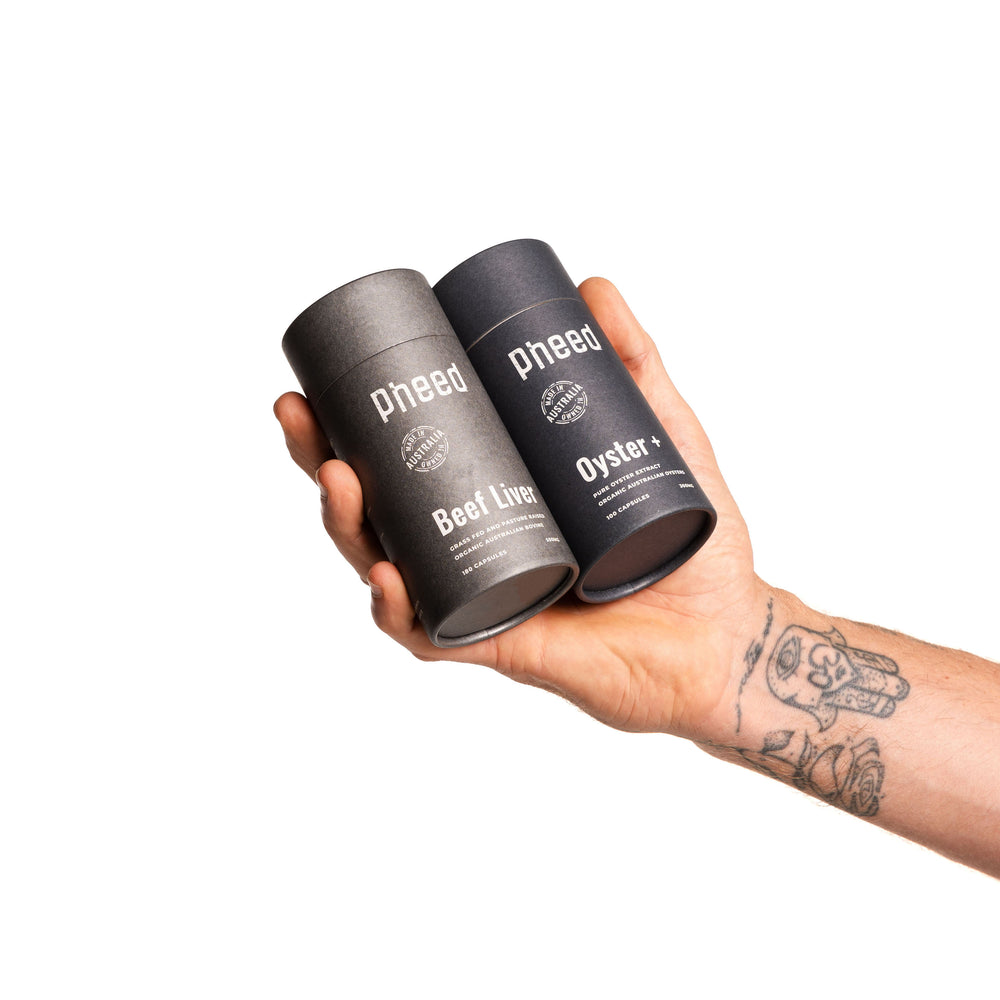Why Synthetic Iron Supplements Are Failing You
The Silent Epidemic: Why So Many People Are Iron Deficient
Iron deficiency is one of the most common and overlooked nutritional deficiencies in the modern world. Despite an abundance of food, millions struggle with low energy, brain fog, weakened immunity, and poor endurance, all telltale signs of iron depletion. And what’s the mainstream solution? Synthetic iron tablets that wreck your gut, cause constipation, and barely absorb.
If you’re still feeling sluggish despite taking iron supplements, you’re not alone. The problem isn’t just iron intake, it’s absorption.
Haem vs. Non-Haem Iron: The Bioavailability Battle
Not all iron is created equal. The form of iron you consume determines how effectively your body can absorb and use it.
• Haem Iron (from animal sources) – The superior form of iron, found in beef liver, spleen, and red meat. Absorption rate: 15-35%.
• Non Haem Iron (from plants, fortified foods, synthetic supplements) – Found in spinach, lentils, and synthetic supplements. Absorption rate: 2-20%.
Haem iron is absorbed directly into the bloodstream without interference, while non-haem iron relies on co-factors like vitamin C to be even remotely effective. This is why plant-based iron sources and synthetic supplements often don’t cut it.
Why Synthetic Iron Supplements Fall Short
If you’re popping iron pills but still feeling exhausted, here’s why:
❌ Poor Absorption: Most synthetic iron supplements contain ferrous sulfate, ferrous gluconate, or ferrous fumarate, which have absorption rates as low as 10-15%. A significant portion of this iron remains unabsorbed, requiring higher dosages that can exacerbate side effects.
❌ Gut-Wrecking Side Effects: Unabsorbed iron in the gastrointestinal tract catalyses oxidative stress, leading to inflammation of the gut lining and digestive distress. This manifests as constipation, nausea, vomiting, and abdominal pain, often making supplementation intolerable. (Source)
❌ Risk of Oxidative Stress & Cellular Damage: Excess free iron in the gut promotes Fenton reactions, generating reactive oxygen species (ROS) that damage cellular components, including lipids, proteins, and DNA. This process accelerates cellular ageing, increases inflammation, and may contribute to chronic disease. (Source)
❌ Interference with Nutrient Balance: High doses of supplemental iron compete with the absorption of essential minerals like zinc and copper, leading to potential deficiencies that can impair immune function, metabolic balance, and overall health.
Meanwhile, iron from whole food sources like beef spleen and liver delivers the nutrient in a form your body actually recognises and absorbs efficiently.
What’s Actually Inside Popular Iron Supplements?
The active ingredient might be iron, but what about the other ingredients?
Here’s an ingredient list from one of the best-selling iron supplements on the market as an example:
Active Ingredients:
• Ferrous Fumarate (304 mg) – Equivalent to 100 mg elemental iron
• Ascorbic Acid (Vitamin C, 20 mg) – Helps with iron absorption
Other Ingredients (Excipients):
• Colloidal Anhydrous Silica – Anti-caking agent found in processed foods.
• Lactose Monohydrate – Filler ingredient that could cause digestive issues.
• Magnesium Stearate – A flow agent that may reduce nutrient absorption.
• Microcrystalline Cellulose – A bulking agent made from refined wood pulp.
• Polyacrylate Dispersion (30%) – A synthetic polymer (plastic) used as a binder.
• Sodium Laureth Sulphate (SLS) – A detergent used in industrial cleaners & shampoos.
• Titanium Dioxide – A whitening agent banned in the EU due to potential safety concerns.
The Hidden Problem With Synthetic Iron Supplements
Big Pharma and supplement companies push iron tablets as the answer to iron deficiency, but they’re not telling the full story.
1. Why Are There So Many Unnecessary Ingredients?
Instead of giving you just iron, supplement companies bulk up their tablets with fillers, binders, and synthetic compounds to:
• Make the tablet cheaper to produce
• Increase shelf life
• Prevent ingredients from clumping together
• Improve appearance (whiteners, dyes, coatings)
These don’t help your iron levels, they’re just there to make the product easier to manufacture and store.
2. Why Are We Ingesting Detergents & Plastics?
In our opinion, some of these “inactive” ingredients should never be in a supplement meant for human health:
• Sodium Laureth Sulphate (SLS) – Used in shampoos, soaps, and industrial cleaners. It acts as an emulsifier, but it’s also known to irritate the gut.
We made a conscious effort years ago to eliminate this chemical from the cleaning and personal care products in our home—only to discover it’s hiding in more than just shampoo and dishwashing liquid.
• Polyacrylate Dispersion – This is literally plastic. It’s used to bind tablets together so they don’t break apart.
• Titanium Dioxide – A controversial whitening agent that has been banned in the EU due to safety concerns.
• Microcrystalline Cellulose – Made from refined wood pulp. Sold as harmless in small amounts but why are we ingesting processed wood when real iron sources exist?
The Power of Organ Meats: Nature’s Iron-Rich Superfoods
Before Big Pharma convinced us that lab made iron pills were the answer, humans thrived on iron rich organ meats. Traditional cultures prized spleen and liver as nature’s ultimate blood building foods...because they work.
• Beef Spleen: One of the richest sources of bioavailable haem iron, packed with peptides that support red blood cell production and immune function.
• Beef Liver: Although in lower levels as seen in spleen, liver also contains a healthy dose of B12, and copper, a key mineral that prevents iron overload and ensures proper utilisation.
Unlike synthetic pills, organ meats deliver iron alongside the necessary co-factors (like B vitamins and copper) for proper absorption. No gut wrecking side effects included.
Signs You Might Be Iron Deficient
Not sure if you’re running low on iron? Here are some red flags:
• Constant fatigue and weakness
• Brain fog and difficulty concentrating
• Frequent infections and slow healing
• Pale skin and brittle nails
• Shortness of breath and dizziness
If these symptoms sound familiar, it might be time to ditch the synthetic supplements and return to real food solutions.
How to Get More Bioavailable Iron (Without the Side Effects)
To naturally increase your iron levels and actually absorb it, focus on:
Eating more haem iron-rich foods: Prioritise beef spleen, liver and high-quality red meat.
Pairing iron with the right co-factors: Vitamin C enhances absorption, while copper and B12 ensure your body uses iron effectively.
Ditching synthetic iron pills: Opt for whole-food sources that provide balanced nutrition, not isolated nutrients.
Avoiding iron inhibitors: Limit processed grains, excessive dairy, and seed oils, which can interfere with iron absorption.
Final Thoughts: Iron Deficiency Is a Modern Problem with an Ancestral Solution
Iron deficiency shouldn’t be a problem in today’s world, but our reliance on synthetic solutions and poor quality food has made it one. If you’re tired of feeling tired, it’s time to go back to what actually works, real, whole food nutrition.
Ditch the gut wrecking iron tablets. Get your iron from nature, the way your body was built to absorb it.
Want real iron, not lab-made nonsense?
Our Beef Organ Capsules stack liver, heart, kidney, and spleen into easy-to-take capsules. No fillers. No fake nutrients. Just whole-food iron your body knows how to use. Shop Beef Organ Capsules now.

